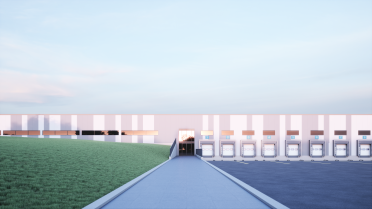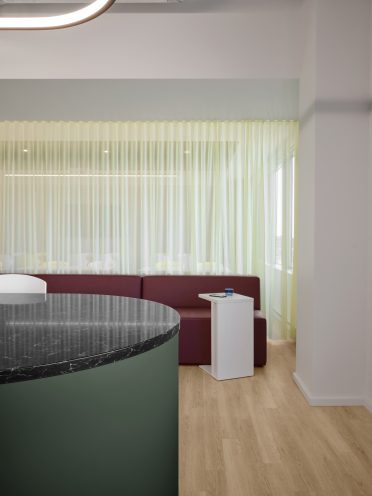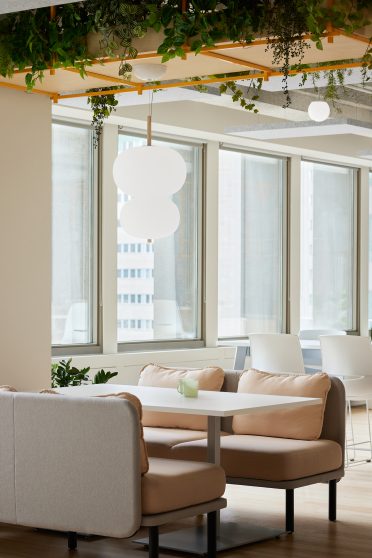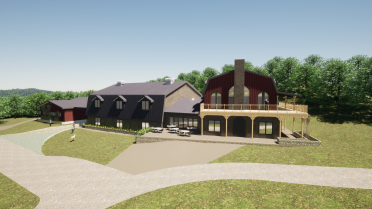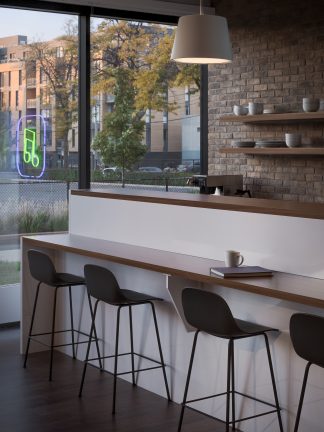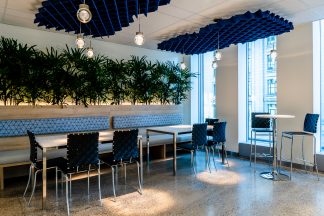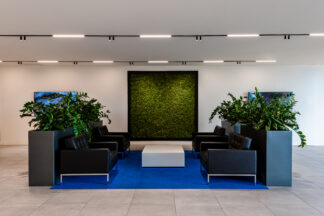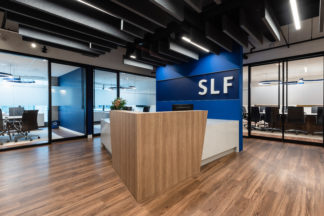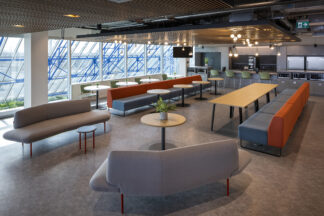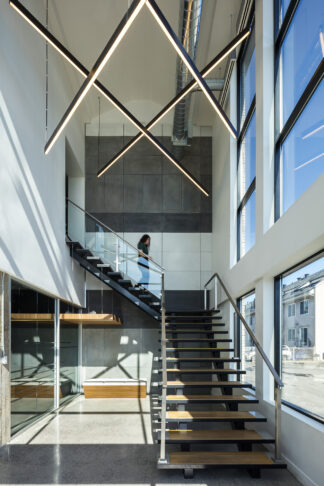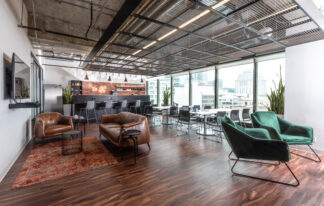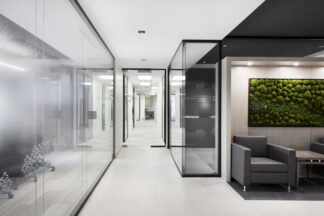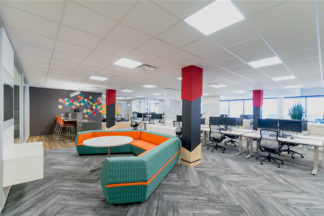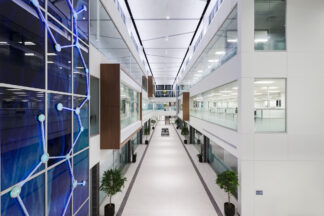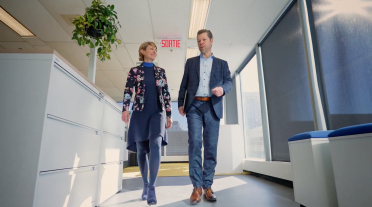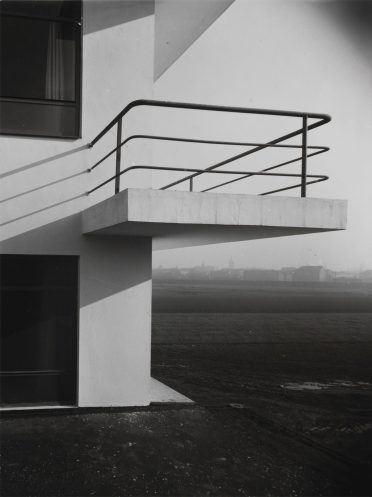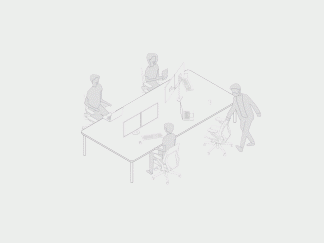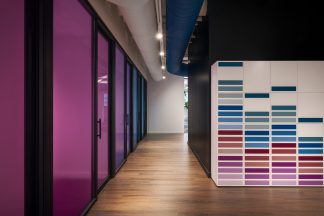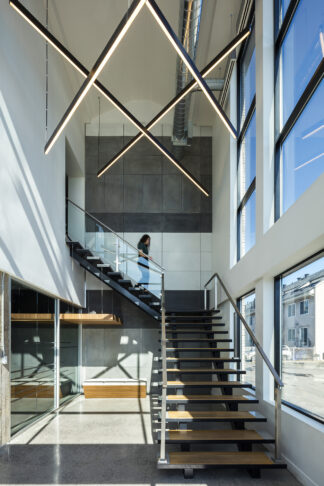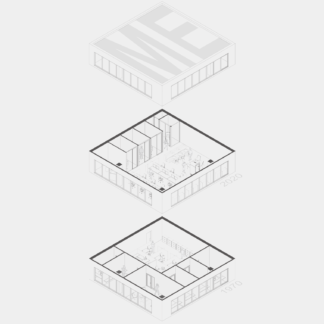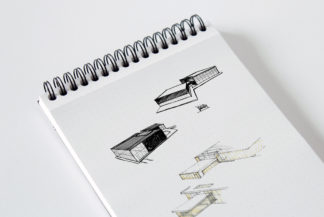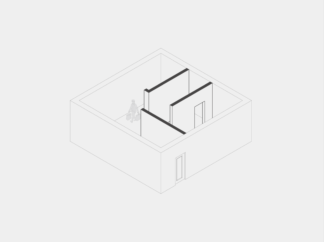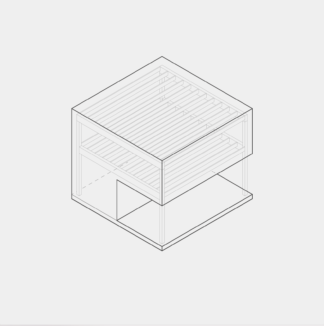Glossary
2021/07/05
Assigned/Unassigned
Assigned? Unassigned? What exactly is it about?
‘‘Traditional’’ office planning operates under an assignment-based distribution of space insofar as each desk has been attributed to the exclusive use of one employee. The type of desk as well as the associated equipment are more often than not determined by the employee’s status, and do not offer any flexibility in location or organization of the desk. The space is further subdivided by close-office space, open plan office space, and communal service spaces or collaborative spaces. The proportion of these typologies in comparison to each other varies per company based on the variations between company cultures and ways of working.
With technologies improving exponentially in the last few decades, the rapid growth most companies face, the increase in rental costs and the younger generations flooding the market with their expertise and requirements in regard to mobility, the optimal office space has become a mobile laboratory that needs to adapt quickly and seamlessly, and requires multiple typologies of workstations and configurations of space.
Everything is now based on accessibility, efficiency, functionality, mobility, and collaboration. The office is at the disposition of the employees and has to respond to their various needs seamlessly. Unassigned office space was born from a desire to democratize the office, offer a variety of typologies of workstations, both for solo and collaborative work, as well as maximize the use of every square foot. The goal is to offer a world of possibilities to all employees while also making the use of space profitable. The choice of what space an employee will use on any given day will be based on the type of activities and tasks the employee needs to accomplish – activity-based working – rather than on the employee’s status within the company.

